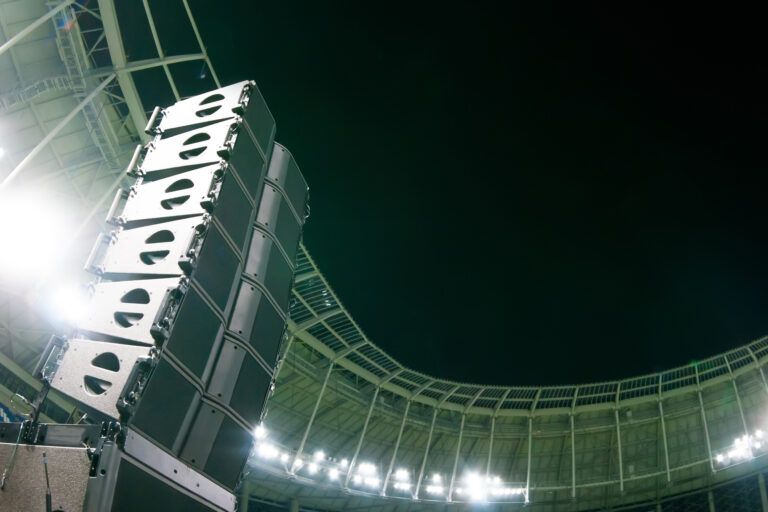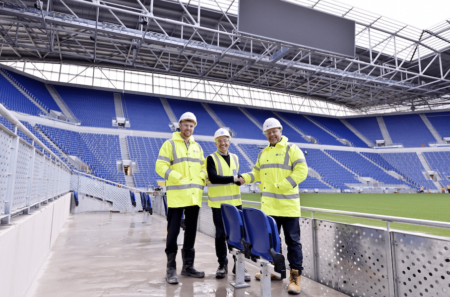With the energy crisis hitting Britain harder than ever anticipated, the cost of living has impacted both individuals and businesses alike. As British energy regulator Ofgem lifts the cap on default tariffs meaning that bills could rise by 80% in October, this has forced many families to tighten their belts and will, sadly, close the shutters down for good on many businesses across the UK. Stadiums haven’t dodged the bullet either, and given their enormous size and scale, these costs have been a bitter pill to swallow for many sports clubs and sports management organizations.
By design, stadiums are power-hungry. From lights to heated seating, to scoreboards and broadcasting equipment, stadiums are awash with energy-guzzling requirements to make the guest experience and atmosphere a memorable one. Consuming up to 25,000 KWh during a 90-minute football match, they use enough energy to power more than a dozen homes for an entire year1. To put this into perspective, it is estimated that the energy used to run a World Cup stadium could power a small town from kick-off until the final whistle.
At the same time, we are seeing that technology is increasingly playing a bigger role in improving the guest experience within stadiums. It is only within the past five years that we have seen in-seat apps become mainstream for large stadiums, meaning fans can have food, drinks and merchandise delivered to their seats. Likewise, the use of AR technology is playing a bigger role in sport as it offers an enhanced viewing experience for game highlights and advertising deals, with improvements and the installation of LED screens and billboards now commonplace.
Fans are keen to see more technology within stadiums, however, as sustainability tops the agenda for management organizations and sports clubs alike, solutions that reduce energy consumption within each stadium, whilst remaining cost efficient, are becoming increasingly desirable. And then there is the green agenda to consider; as we all join the race towards achieving net zero, creating a greener and cleaner environment for our future generations, surely unnecessary energy consumption is something that we collectively want to avoid.
Given their scale, stadiums are legally required to have public address and voice alarm (PA/VA) systems operational at all times for health and safety purposes. This means that even when stadium stands sit empty of events and fans, the energy consumption clock is ticking and continuing to rack up significant pound signs on energy bills.
At North, we have been working to help our clients to introduce technology that will minimize running costs and reduce energy consumption across the UK. The state-of-the-art solutions designed and installed by us mean that when the PA/VA system is not required, the digital amplifiers automatically enter an intelligent sleep mode without creating a hazard or breaking any health and safety regulations.
Operated through the use of innovative smart sensors, North’s smart PA/VA solutions have the capacity to reserve a significant proportion of daily energy expenditure which translates into thousands of pounds of savings. Most recently, North is proud to have worked with Fulham FC to install this state-of-the-art technology in its flagship Riverside Development as it seeks to become a transformational hub for fans and the community for generations to come.
The want for a sustainable future coupled with the cost-of-living crisis has created the perfect storm for organizations to review systems that have been in place for decades and there is no time like the present to welcome better alternatives. As such, there will always be a requirement for PA/VA systems, so let’s do our best to provide the very best solution; both financially and environmentally.
Technology is already coming into play as it continues to enhance stadiums and provide an improved guest experience. However, we must ensure that advances don’t stop there. As the energy crisis and race to net zero fast approach, it is vital that stadiums embrace solutions that will create greener, cleaner and more efficient facilities. Those that don’t risk being left behind.






